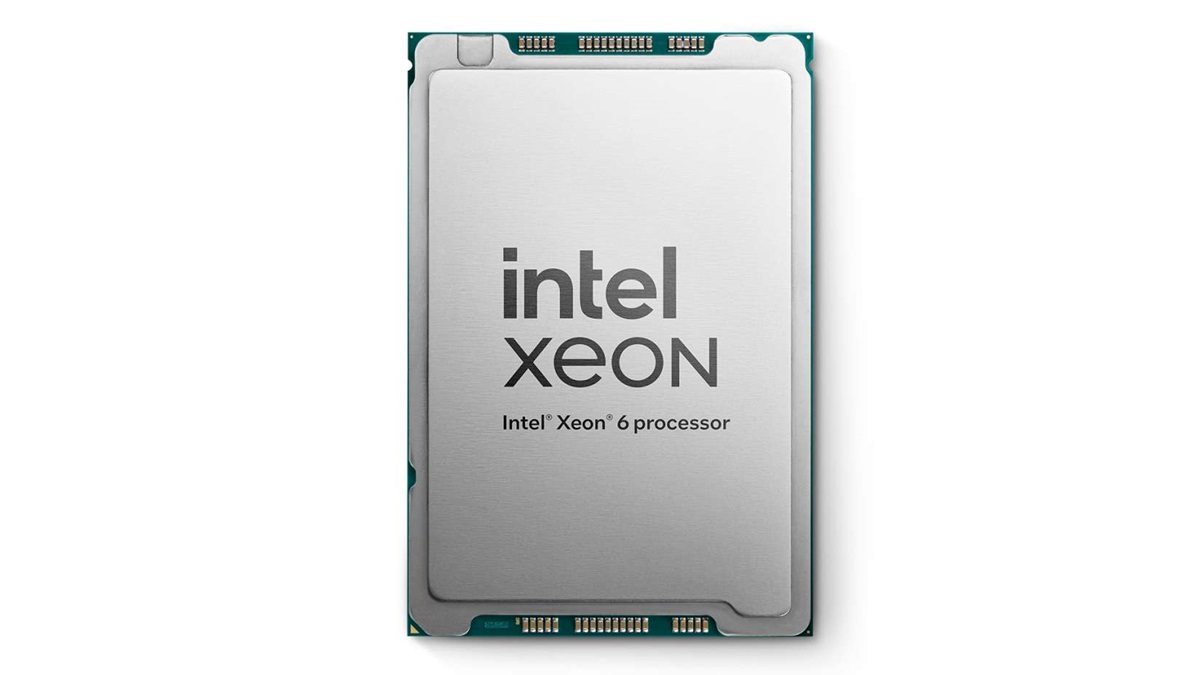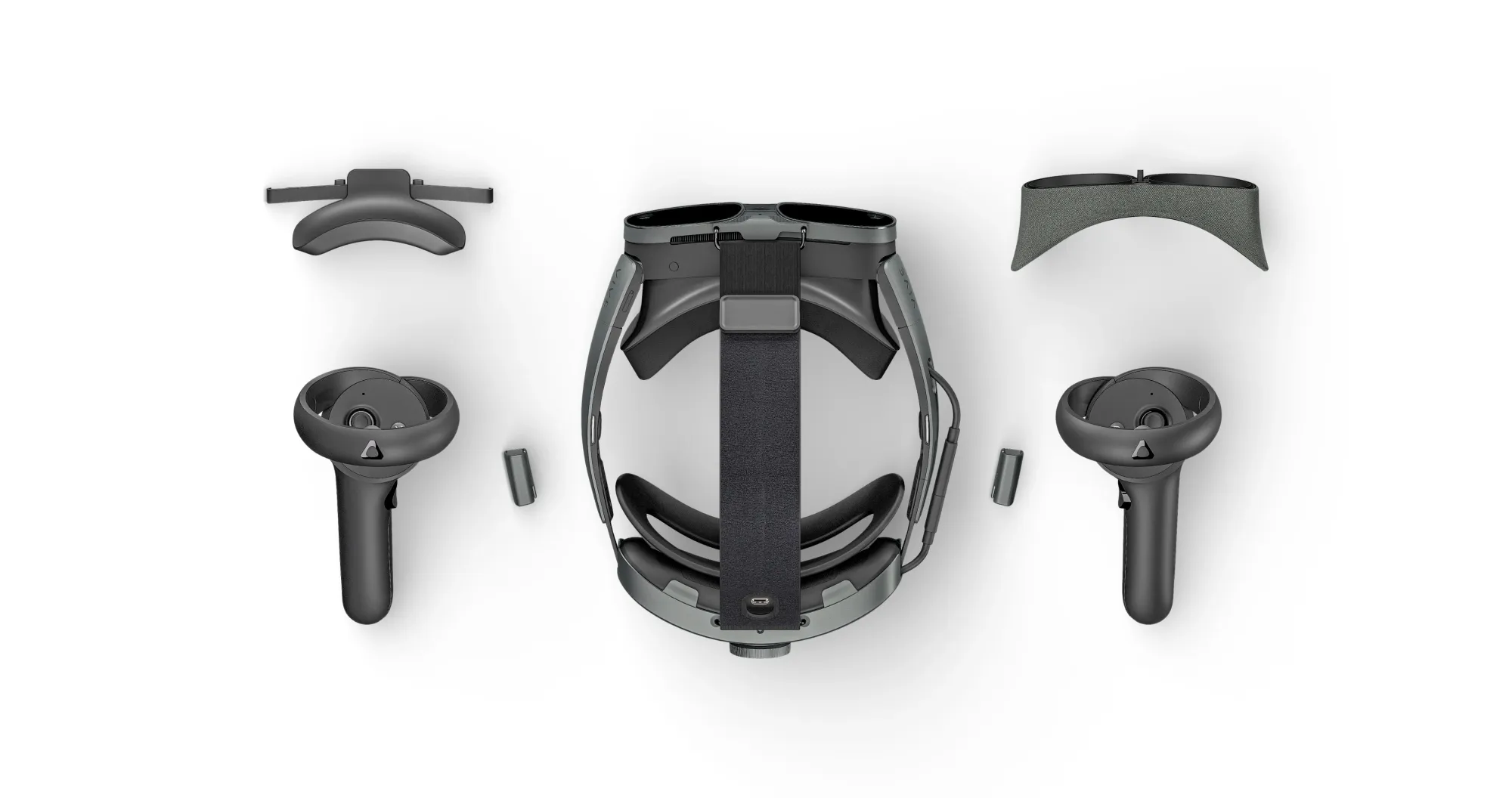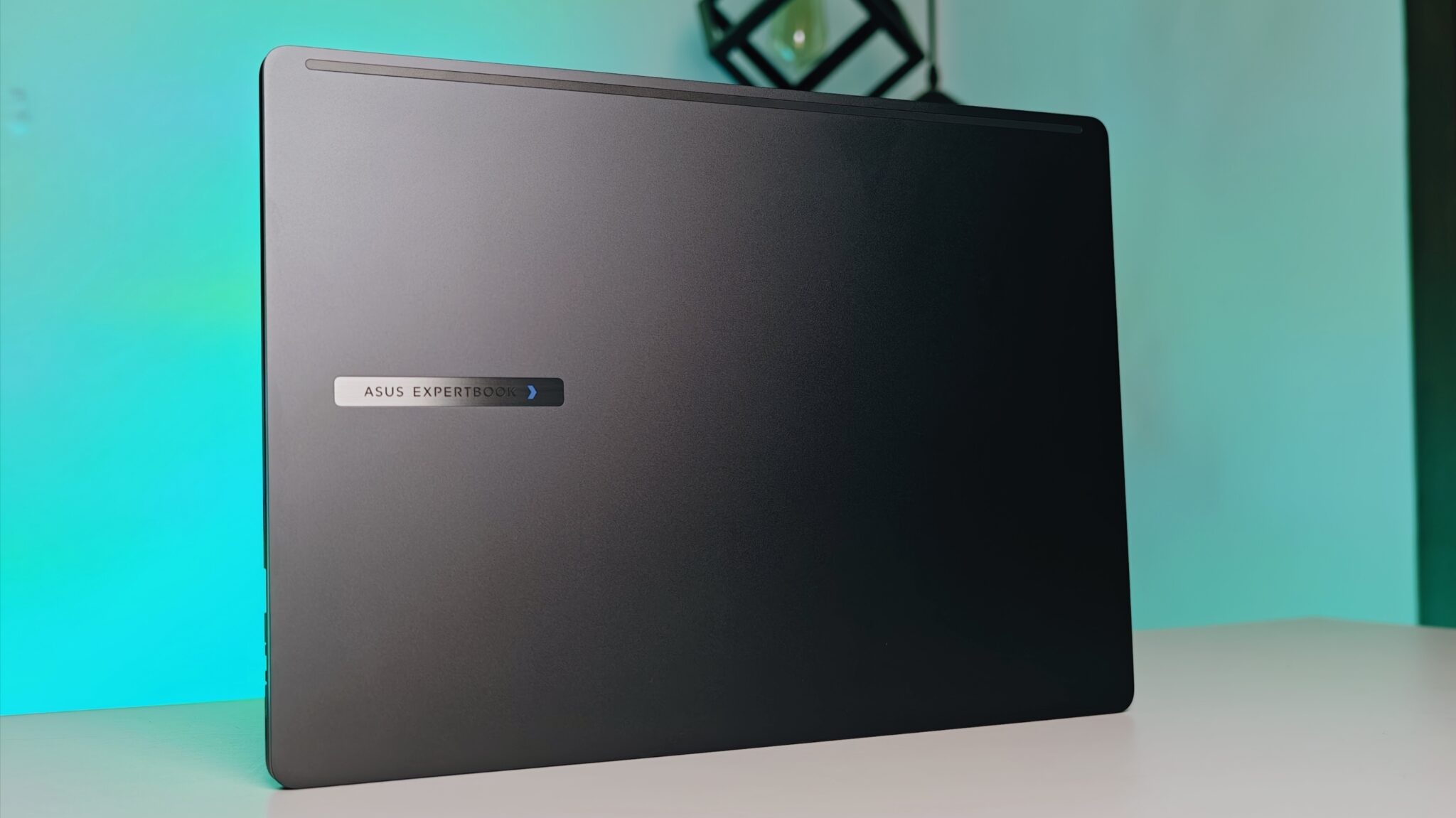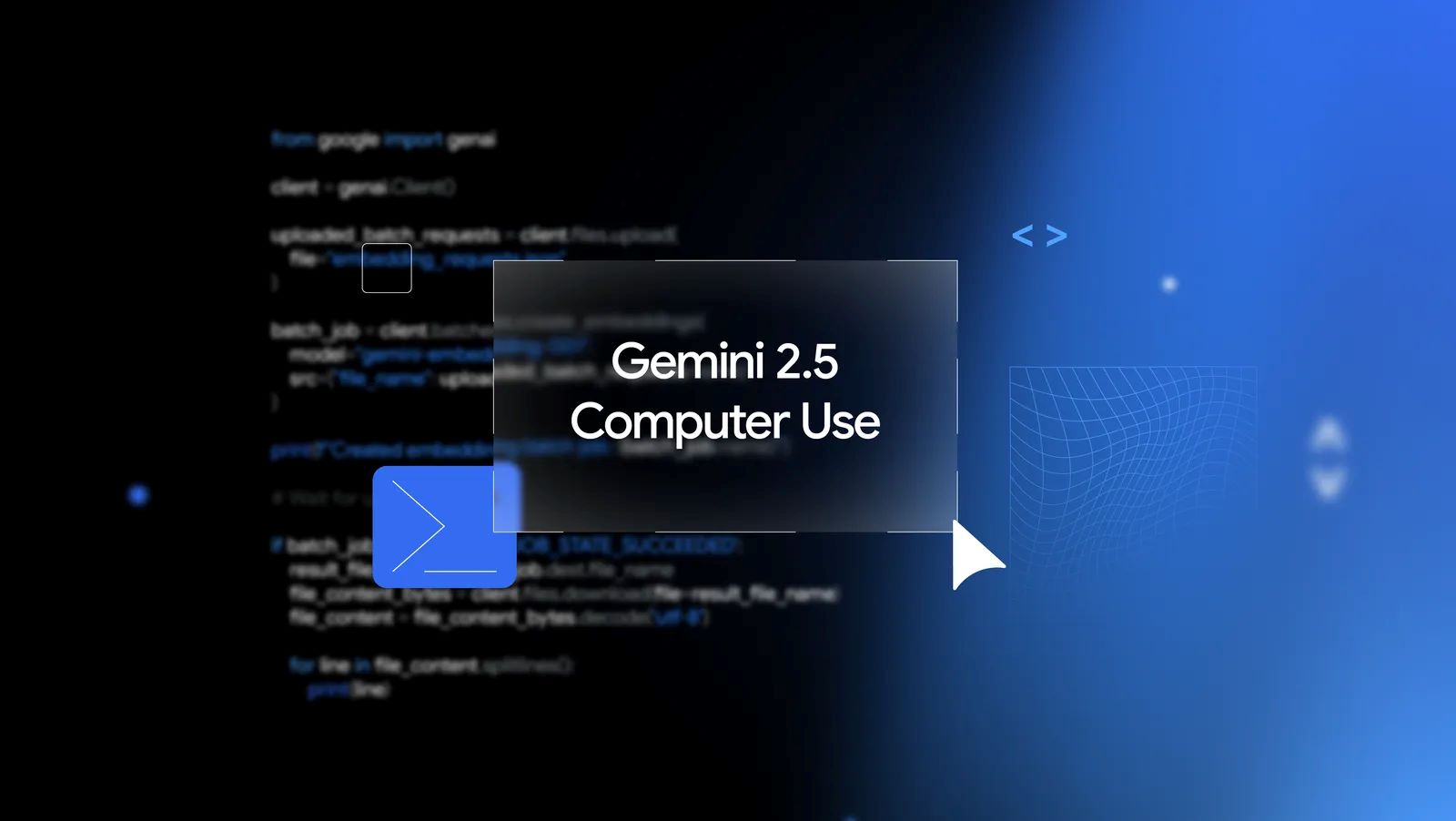Intel’s new Xeon 6 Sierra Forest processors are creating waves in the tech world, setting new expectations for data center performance and efficiency. Announced as part of Intel’s rebranded Xeon lineup, the Sierra Forest processors are the first to feature an architecture comprised entirely of efficiency cores (E-cores). This strategic move aims to optimize power usage and performance in cloud-native and containerized environments.
A Closer Look at Sierra Forest Architecture
The Sierra Forest processors are built using Intel’s 3 process technology and incorporate twin I/O chiplets based on the Intel 7 node. This combination allows for a flexible architecture that can scale to higher core counts by adding more chiplets. These processors are designed to deliver superior threaded performance, making them ideal for large-scale, data-intensive operations.
Performance and Efficiency
Intel claims that the Sierra Forest processors will provide a 2.4x improvement in performance per watt and a 2.7x improvement in performance per rack compared to older second-generation Xeon models. This significant boost in efficiency translates to substantial energy savings for data centers. For instance, 72 Sierra Forest server racks are projected to offer the same performance as 200 racks of the older generation, potentially saving a megawatt of power.
Features and Specifications
The Sierra Forest lineup will support configurations with up to 144 cores per CPU, catering to 1S and 2S servers. These processors are designed to handle modern instruction sets and offer robust security, virtualization, and AI extensions. Additionally, foundational memory RAS (Reliability, Availability, and Serviceability) features, such as machine check and data cache ECC (Error-Correcting Code), are standard across all Xeon CPUs.
Market Position and Future Releases
Intel’s Xeon 6 rebranding aims to simplify its product lineup, making it easier for customers to navigate and select the appropriate processors for their needs. The Sierra Forest processors are set to launch in the second quarter of 2024, with the Granite Rapids processors, featuring performance cores (P-cores), following later in the year. The Granite Rapids CPUs are expected to cater to high-core performance-sensitive workloads and general-purpose compute tasks, providing a complementary option to the efficiency-focused Sierra Forest.
Intel’s Xeon 6 Sierra Forest processors are poised to redefine expectations for data center efficiency and performance. By focusing on energy-efficient E-core architecture and scalable chiplet designs, Intel is addressing the growing demands of cloud-native applications and large-scale data processing. As these processors hit the market, they promise to offer significant improvements in performance per watt and rack density, making them a compelling choice for modern data centers.


















